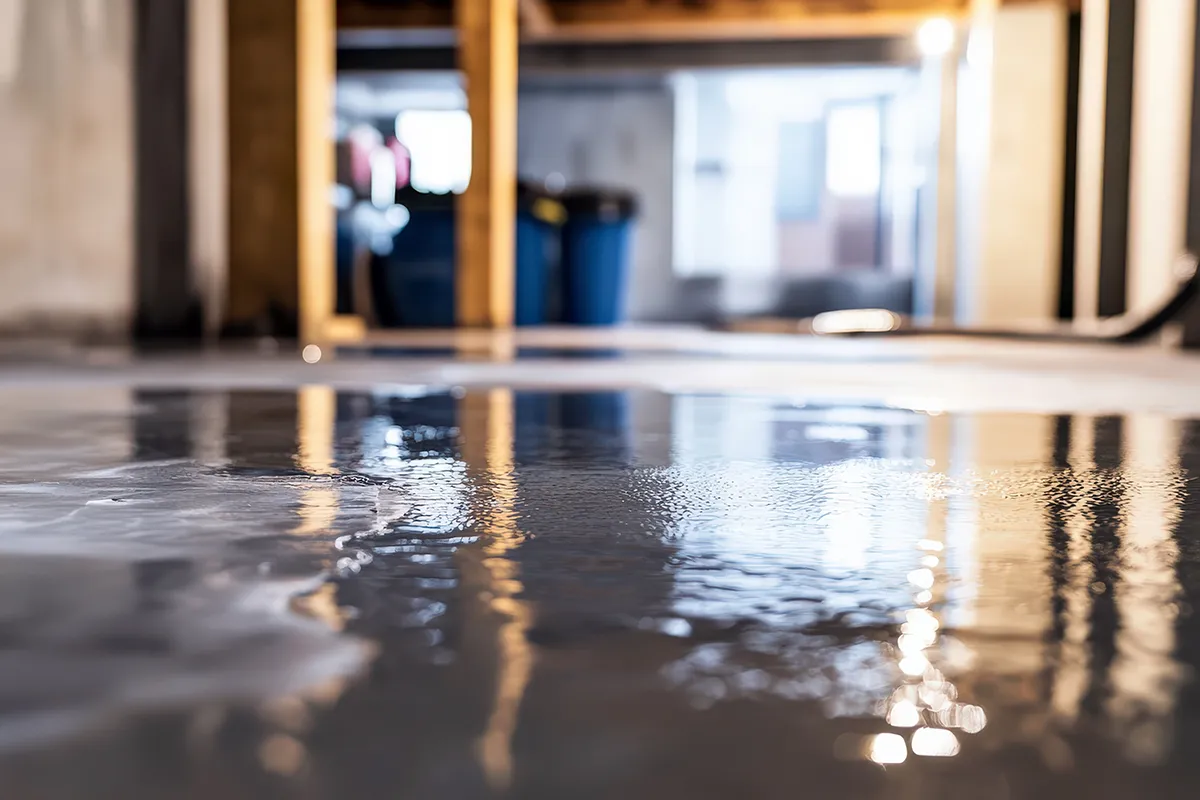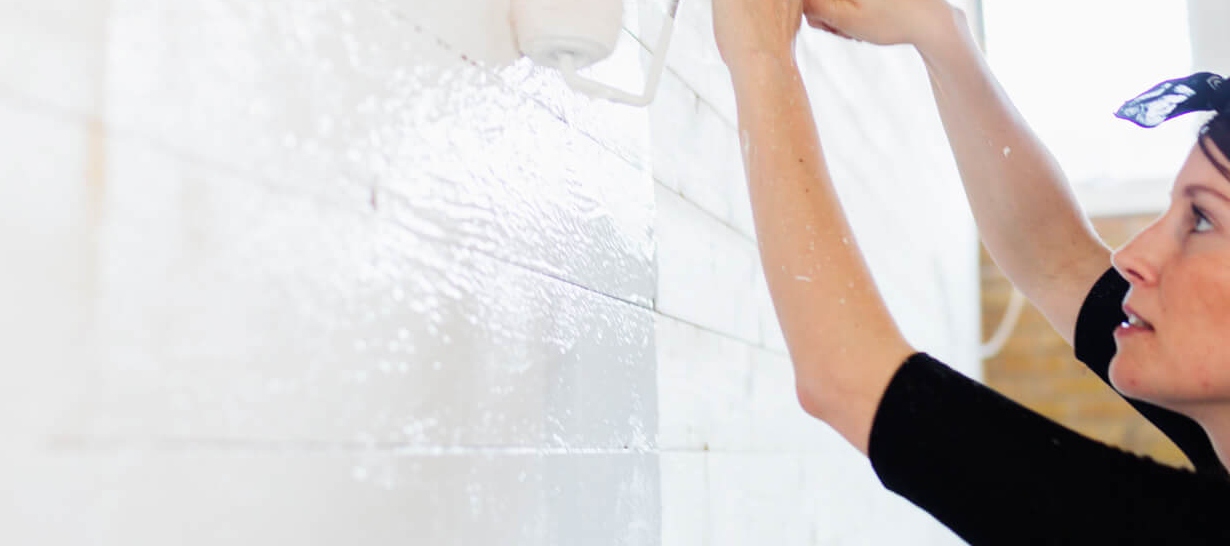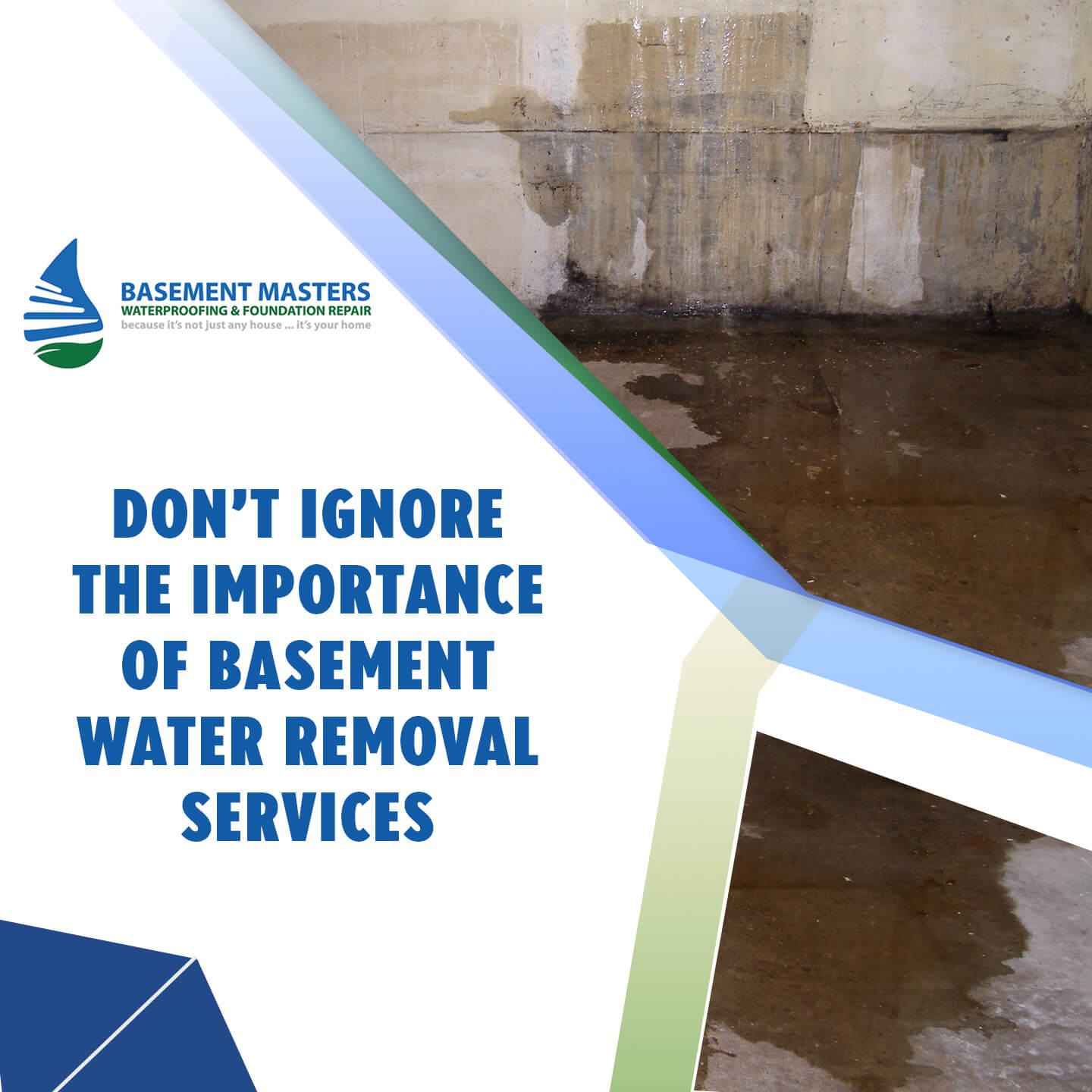A battery backup for your sump pump is crucial for a number of reasons. These reasons include how important it is to prevent flooding in your home, why you should have one installed, and what to do if your pump fails.
This purpose of this article is to answer all of your sump pump related questions, especially when it comes to utilizing a battery backup to run it during tough situations. Read on to discover what you need to know about a battery backup for your sump pump and whether or not it’s the right option for your home.
What is a Sump Pump System?
Your home’s sump pump should be located outside of your house, away from your basement, and be able to evacuate water six to ten feet vertically. It can be damaged by a malfunctioning check valve, causing back pressure on the pump. If you discover that the sump pump is not working properly, it is possible test it yourself, though we recommend a professional perform a thorough inspection.
Sump pumps have a float switch that turns on when water rises, triggering the pump to start pumping. The float switch is usually placed near the sump pump, but sometimes they can become jammed by debris and shifting.
A faulty float switch can also lead to the pump working harder than it should. In that case, if you notice that the float switch is noisy while pumping water, it is likely that you’ve got a faulty pump.
You should consider a sump pump system carefully before having one installed. There are several factors to consider, such as the type of power needed to effectively remediate a flooded basement foundation.
When choosing a sump pump, you should be sure to consider its cost as well as the impact it will have on your property. For example, if your municipal water supply is costly, you’ll want to avoid water-driven sump pumps.
Does a Basement Require a Sump Pump?
Not every home needs a sump pump. It all depends on variables like the soil type and the level of groundwater in your basement. In some areas, high water levels come in contact with the foundation, causing the need for a pump. If the groundwater level is low and your basement is dry, however, you probably don’t need a pump for natural influences like heavy rain or rising waters.
A sump pump is a small pump that pumps water from your basement or crawlspace. It removes water from the sump basin, and it’s often used to prevent flooding. There are two types of sump pumps, one of which is raised above the sump pit and the other is completely submerged.
Regardless of the model you choose, make sure you get a battery backup in case there is a power outage.
Not all causes of a flooding basement are caused by natural influences.
A broken water line or other internal failures can cause your basement to fill with water at any time! Sump pumps can prevent flooding by removing water from the basement and storing it in a sump pit.
When water starts to enter the basement, the pump will turn on and drain it away from the foundation. This keeps the basement dry and the foundation secure for homes that otherwise would not be affected by heavy rains or frequent floodwaters during certain seasons.
If you choose for a sump pump to be installed in your home, it is a great idea to do so before you finish your basement. A finished basement can cause thousands of dollars in damage when flooded, as well as long-term mold and mildew issues.
Not only does it risk health hazards for your family, but it can destroy your floors and walls, damaging your belongings and ruining your basement.
A sump pump system is used as a standard component for waterproofing systems both inside and outside your home. For more information about complete waterproofing systems and how they can protect your home’s foundation from moisture for several years, contact Basement Masters Waterproofing today.
What Happens if a Sump Pump Fails?
A sump pump system can fail for a number of reasons, including general malfunctioning or worn-out floats. During flooding, the unit may turn on and off continuously, which causes the pump to overwork. It will also likely burn out if it is not running properly on a regular basis.
If this happens to you, try to refill the pit with water to test the pump. Clogged weep holes can also cause a malfunctioning sump pump.
The most common power outages that can cause basement flooding are often caused by a tripped circuit breaker. While this is a relatively simple solution, power outages during a storm can last for hours.
You should have a battery backup sump pump for emergencies like these. These pumps should be checked monthly and replaced every few years. If possible, have a battery backup in case of power outages.
Another common cause of sump pump failure is a clogged discharge pipe. This pipe connects the sump pit with the exterior space. If the discharge pipe gets clogged, the pump can’t work. You should make sure to remove any debris that it might have collected. Alternatively, you can put a grate over the discharge pipe to prevent it from becoming clogged.
The team of professionals at Basement Masters Waterproofing can install your system with the utmost expertise to ensure your home remains protected for years to come.
Is a Battery Backup Sump Pump Right for My Home?
A battery backup sump pump is an excellent investment in protecting your property from flooding in the event of a power outage. It helps prevent water damage and flooding by automatically activating if there is a power outage.
Most homeowners have problems with flooding on a regular basis, especially in areas with wet weather, like Northern Virginia and Maryland.
The primary battery for a battery backup sump pump is typically a quarter or a third-horsepower unit. These pumps require less current, which maximizes battery life. It is for this reason that battery backups should be installed by a professional.
It is advisable to replace the battery every two or three years, since continuous charging can make it less effective. This can result in your pump running at less than optimal levels, which is undesirable if you have an expensive home.
How do I Maintain My Sump Pump?
There are a few simple steps to take for caring for your battery backup sump pump. Just like with any other type of pump, you should test the battery backup system with water in it before you use it. Once you have done this, make sure that there are no leaks in the discharge pipe and that the water is draining correctly.
Also, test the sump pump until it stops completely. If the pump no longer works properly, it may be time to replace it. You can call the professionals at Basement Masters Waterproofing to take a look at your unit to determine the nature of the problem and whether or not you should have it replaced.
A battery backup sump pump is less likely to develop problems than a traditional one. Unlike traditional sump pumps, battery backup models are completely independent of electrical power. They operate on their own float switch.
The battery backup will take over when the power goes out, automatically switching on and off. If the pump runs out of battery power, a battery backup sump pump will kick in and clear the water.
Conclusion
For ensuring the safety and stability of your home, choosing a battery backup sump pump system is a great choice. Ideally, your home would be equipped with a full waterproofing system (that includes one of these pumps) either inside or outside your basement or crawl space.
For more information, give Basement Masters Waterproofing a call and request a no-hassle evaluation of your property today.




